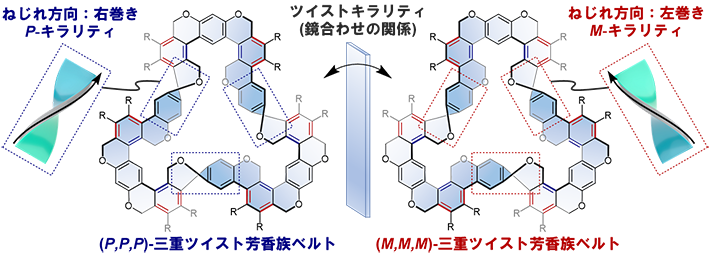2023-05-23 カリフォルニア大学サンディエゴ校(UCSD)
◆自律走行車の安全性とセキュリティの向上に貢献するため、カリフォルニア大学サンディエゴ校クアルコム研究所(QI)所属で同校ジェイコブス工学部電気・コンピュータ工学科の教員であるDinesh Bharadia氏の研究室とノースイースタン大学の同僚が、攻撃装置を模倣した新しいアルゴリズムを考案した。このアルゴリズムは、論文「mmSpoof」に記載されています。論文に記載されているアルゴリズムにより、研究者は自律走行車のセキュリティの改善点を特定できます。
◆5月22日にサンフランシスコで開催されたIEEE Symposium on Security and PrivacyでVennamが発表した新しい論文で、研究チームは、被害車両のレーダーを逆手に取った新しい手法について説明しています。光速で受信信号のパラメータを微妙に変化させてから反射させることで、攻撃者は妨害行為を偽装し、車両が悪意のある行動をフィルタリングすることをより困難にすることができます。このようなことは、被害者のレーダーについて何も知らなくても、「外出先で」「リアルタイムで」行うことが可能です。
<関連情報>
- https://today.ucsd.edu/story/team-develops-new-attacker-device-to-improve-autonomous-car-safety
- https://www.computer.org/csdl/proceedings-article/sp/2023/933600b971/1Js0EwtonDy
mmSpoof: リフレクトアレイを用いた車載ミリ波レーダーのレジリエント・スプーフィング mmSpoof: Resilient Spoofing of Automotive Millimeter-wave Radars using Reflect Array
Rohith Reddy Vennam,Ish Kumar Jain,Kshitiz Bansal,Joshua Orozco,Puja Shukla,Aanjhan Ranganathan,Dinesh Bharadia
2023 IEEE Symposium on Security and Privacy Published:May 22,2023
DOI:https://doi.ieeecomputersociety.org/10.1109/SP46215.2023.00113
Abstract
FMCW radars are integral to automotive driving for robust and weather-resistant sensing of surrounding objects. However, these radars are vulnerable to spoofing attacks that can cause sensor malfunction and potentially lead to accidents. Previous attempts at spoofing FMCW radars using an attacker device have not been very effective due to the need for synchronization between the attacker and the victim. We present a novel spoofing mechanism called mmSpoof that does not require synchronization and is resilient to various security features and countermeasures of the victim radar. Our spoofing mechanism uses a “reflect array” based attacker device that reflects the radar signal with appropriate modulation to spoof the victim’s radar. We provide insights and mechanisms to flexibly spoof any distance and velocity on the victim’s radar using a unique frequency shift at the mmSpoof’s reflect array. We design a novel algorithm to estimate this frequency shift without assuming prior information about the victim’s radar. We show the effectiveness of our spoofing using a compact and mobile setup with commercial-off-the-shelf components in realistic automotive driving scenarios with commercial radars.




